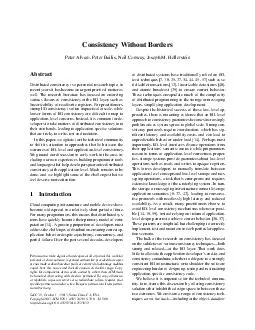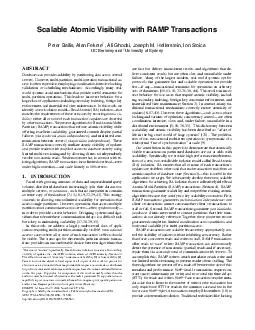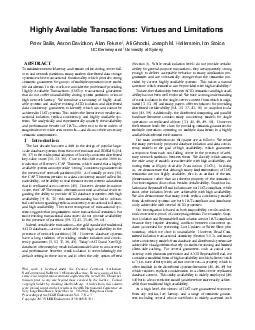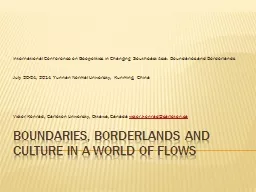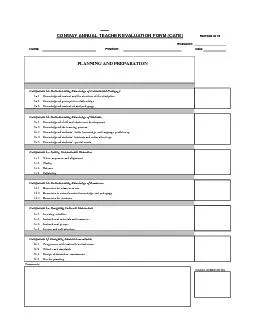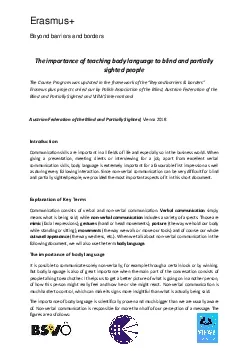PDF-Consistency Without Borders Peter Alvaro Peter Bailis Neil Conway Joseph M
Author : alexa-scheidler | Published Date : 2014-12-26
Hellerstein Abstract Distributed consistency is a perennial research topic in recent years it has become an urgent practical matter as well The research literature
Presentation Embed Code
Download Presentation
Download Presentation The PPT/PDF document "Consistency Without Borders Peter Alvaro..." is the property of its rightful owner. Permission is granted to download and print the materials on this website for personal, non-commercial use only, and to display it on your personal computer provided you do not modify the materials and that you retain all copyright notices contained in the materials. By downloading content from our website, you accept the terms of this agreement.
Consistency Without Borders Peter Alvaro Peter Bailis Neil Conway Joseph M: Transcript
Download Rules Of Document
"Consistency Without Borders Peter Alvaro Peter Bailis Neil Conway Joseph M"The content belongs to its owner. You may download and print it for personal use, without modification, and keep all copyright notices. By downloading, you agree to these terms.
Related Documents

